The film and TV streaming industry is evolving at speed of F1 race, which offers opportunities and presents challenges for new and established players. At MUVI, we recognize how crucial it is for any platform hoping to succeed in this highly competitive market to choose the right monetization model.
Ad-Supported Video on Demand (AVOD), Transactional Video on Demand (TVOD), Subscription Video on Demand (SVOD), or Free Ad-Supported Television (FAST) – each model has its own advantages and factors to take into account. But do not panic, It shouldn’t be right from the very start – the key is to detect those threats and opportunities and be able to adapt. And we are
here to help you.
To provide a comprehensive overview, we’ve collaborated with our content partner, allrites, a leader in global content licensing and insights. Together, we’ve analyzed the latest trends, regional dynamics, and content strategies shaping these monetization models. We would like this article to be a practical guide for streaming platforms, offering actionable insights for choosing or changing to these options and finding the right fit based on audience demographics, regional preferences, and market conditions.
Looking to launch your own streaming platform with multiple monetization options? Try Muvi One!
Click here to start your 14-day FREE trial today.
Subscription Video On Demand (SVOD)
A Global Leader in Streaming
Subscription Video on Demand (SVOD) has become a cornerstone of the modern streaming industry, offering viewers unlimited access to extensive content libraries for a recurring fee. Globally, the SVOD market is projected to reach approximately $140 billion by 2027, with over 40% of that revenue coming from the United States. The U.S. not only leads in user penetration, with a rate of 48%, but also boasts the highest average annual expenditure on SVOD services, reaching $265 per user—three times the global average with an average of 4 SVOD services per household.
In comparison, China, with 443 million SVOD users, has a penetration rate of 31% and an average spend of $49 per user, while Europe, with 242 million users, maintains a 28.7% penetration rate and an average spend of $86 per user. Other countries with high penetration rates include Canada (47%), Norway (46.7%), Denmark (45%), and Sweden (43%).
This diverse international reach underscores the model’s widespread appeal, particularly among tech-savvy audiences who value flexibility and premium offerings. Demographically, SVOD subscribers tend to be slightly older than FAST viewers but younger than traditional cable TV audiences. This demographic is drawn to the convenience of on-demand access and the absence of advertisements.
Viewing patterns indicate that prime time for SVOD consumption aligns with traditional television habits, peaking during evening hours. Notably, SVOD users engage in longer viewing sessions, often exceeding two hours, reflecting the platform’s capacity to support binge-watching behaviors.
With a multitude of SVOD platforms competing globally, there is significant diversity in the content strategies employed. Larger platforms often invest heavily in original programming to attract and retain subscribers, with these originals serving as powerful user acquisition tools. However, this approach is not without challenges. Creating original content is expensive and risky, and the phenomenon of “serial churners” – viewers who subscribe to watch specific content and cancel afterward – can undermine retention efforts.
A balanced content library that includes both original productions and licensed titles is critical to combat this. Licensed content adds depth and variety, catering to diverse tastes and encouraging ongoing engagement, even after the flagship content that initially drew users has concluded. Understanding audience preferences and viewing behaviors is paramount for streaming service operators.
Data analytics play a pivotal role in shaping content strategies, personalizing recommendations, and enhancing the overall user experience. Decisions around content acquisition—whether to prioritize original productions or expand licensed catalogs—must align with the platform’s brand identity and market positioning.
A thoughtfully curated mix of content attracts new subscribers and fosters loyalty among existing users. The SVOD model provides platforms with quite predictable revenue streams, enabling them to reinvest in content and technological developments, but the tight market competition calls for continuous innovation. Many SVOD platforms are introducing hybrid models with ad-supported tiers to target price-sensitive consumers. The aim of these tiers is to enlarge the subscriber base while maintaining steady revenue flows.
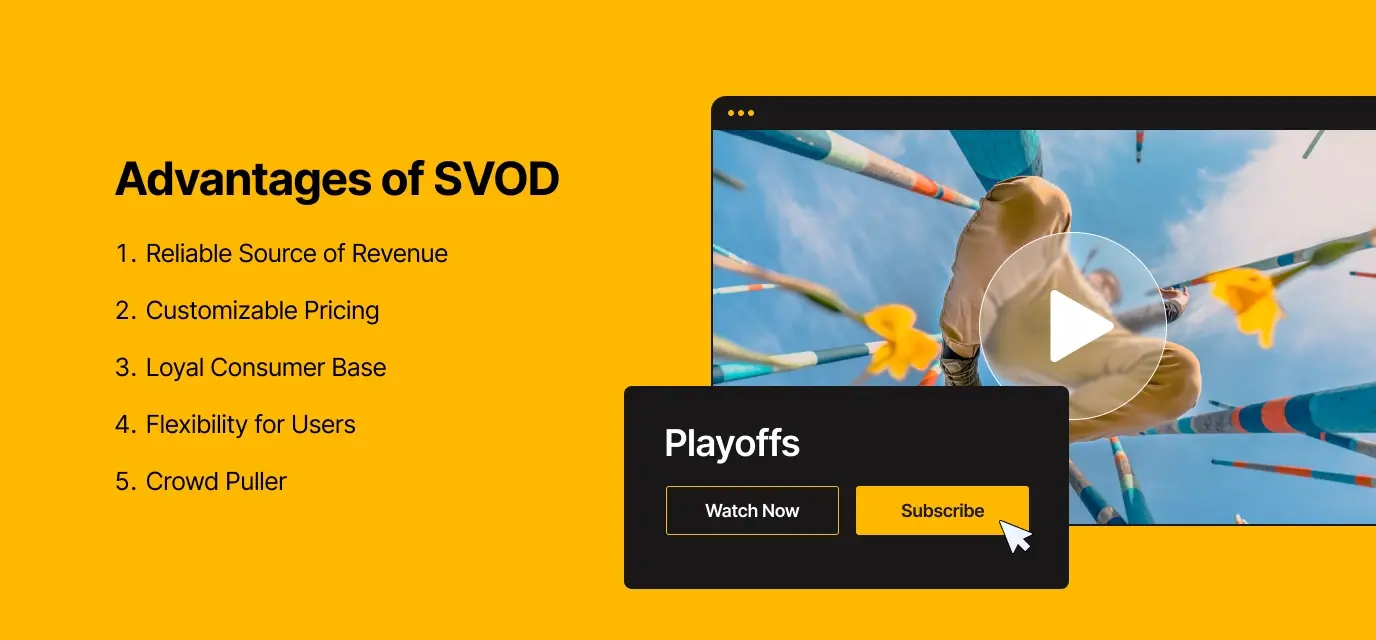
Transactional Video on Demand (TVOD)
Beyond Premium Content and Occasion-Based Viewing
TVOD model offers viewers an opportunity to rent or purchase films and TV shows on an individual basis instead of being locked into monthly or yearly subscriptions. Despite it’s being smaller in scale than subscription-based or ad-supported streaming, TVOD remains a valuable monetization strategy when used to sell the right content to the right audience (like any model, really).
The TVOD market is projected to reach $10–12 billion by 2027. Its growth has been modest, especially in the U.S., where consumers prefer subscription (SVOD) and ad-supported (FAST/AVOD) models. Still, despite this, TVOD continues to co-exist and rise as an alternative for event-specific or high-value content, like blockbuster movies, exclusive premieres, and pay-per-view sports or concerts.
TVOD’s flexibility appeals to audiences occasionally seeking premium content without the commitment of a subscription, offering a cost-effective way to access high-quality entertainment. This was especially seen during the COVID-19 pandemic when TVOD spiked as consumers sought alternatives to theaters.
Universal Pictures’ release of Trolls World Tour on TVOD highlighted the model’s potential. The film earned more revenue in its first three weeks on TVOD than its predecessor did during its entire theatrical run, proving TVOD’s ability to meet the demand for new releases under unique circumstances. In this instance, the TVOD model served as an alternative and a complete replacement for traditional theatergoing.
This flexibility is also apparent in high-growth markets like India, where affordability plays a significant role in entertainment spending. India’s vibrant cinema culture and love for event-driven content make TVOD a beautiful model. Blockbuster films and cricket matches are prime examples of content that TVOD monetizes effectively. Families might rent the latest Bollywood release for a special occasion or pay-per-view to watch a critical cricket match, enjoying premium experiences while controlling expenses.
This transactional approach ensures affordability while catering to India’s
content-driven audience. TVOD’s appeal differs across markets. TVOD’s pay-for-what-you-watch model offers a practical solution in budget-conscious regions, because it allows viewers to access premium content selectively without committing to subscriptions.
In more affluent regions, TVOD thrives on convenience and disposable income, which makes it simple for customers to pay for premium, on-demand content. These audiences value flexibility and are often willing to pay a premium for instant access to blockbuster movies or special events, even to supplement existing SVOD services. This dual appeal highlights TVOD’s versatility, making it a strategic option for global streaming platforms targeting diverse demographics.
For streaming service operators, TVOD is often best utilized as a complementary model alongside subscription or ad-supported offerings. Platforms with access to blockbuster films, live sports, or concerts can capitalize on TVOD’s ability to attract viewers during high-demand moments, such as exclusive premieres or culturally significant events. Even though its growth is not as rapid as the growth of ad-supported models, TVOD remains a powerful model for maximizing revenue, particularly in regions where affordability and premium content control are vital considerations.
In essence, TVOD is a dynamic model that can be adapted to various markets and strategies. It complements SVOD, an alternative to exclusive cinema experiences, a conscious choice for occasional content viewing, or a tool for generating additional revenue by offering instant access to highly anticipated releases at a premium price. Its flexibility makes it valuable to a streaming service’s monetization portfolio.

Ad-Supported Video on Demand (AVOD)
Global Trade-Off Between Ads and Affordable Entertainment
Ad-supported video on Demand (AVOD) has emerged as a compelling monetization model for streaming platforms. It offers affordable, accessible content while generating steady ad-based revenue. By allowing viewers to access programming for free or at minimal cost in exchange for advertisements, AVOD reduces barriers to entry for consumers and ensures platform scalability.
Global AVOD revenues for TV series and movies are projected to grow from $39 billion in 2023 to $68 billion by 2029. While the U.S. remains a significant contributor, accounting for 31% of global AVOD revenues by 2029, down from 40% in 2023, rapid growth occurs across other regions. Key markets include China, the U.K., Germany, India, Brazil, Canada, and Japan. In North America, the U.S. leads due to its large population, high internet penetration, and significant advertising spending.
Europe represents the second-largest market, with countries like the U.K., Germany, and France driving growth despite regulatory complexities and content licensing challenges. Meanwhile, Asia Pacific, led by China and India, is the fastest-growing region, fueled by affordable data plans, increased smartphone penetration, and a surge in online video consumption. Latin America is also making strides, with Brazil emerging as a critical market for AVOD adoption.
The success of AVOD hinges on delivering targeted advertisements enabled by advancements in data collection and user profiling. Platforms leverage viewer behavior and preferences to serve personalized ads, enhancing the advertising experience and boosting engagement rates. However, balancing ad loads, maintaining content quality, and competing with ad-free subscription models remain ongoing challenges. Innovations like dynamic ad insertion, shorter ad formats, and personalized recommendations have proven essential in addressing these issues, creating a smoother viewing experience for audiences.
AVOD platforms thrive when their content mix aligns with audience preferences. Broadly appealing genres such as reality TV, family-friendly programming, and evergreen movies draw large audiences and encourage repeat viewership, maximizing ad impressions. Niche genres like horror, comedy, and international dramas further help platforms differentiate themselves in crowded markets.
Event-driven content, particularly live sports, is becoming a cornerstone of AVOD growth, accounting for 10% of new streaming users globally, providing streaming services with a loyal fan base and advertisers with highly engaged and super-targeted audiences. Episodic series with shorter runtimes naturally incorporate more ad breaks, while full-length movies allow for longer, uninterrupted ad blocks, making both formats effective in driving monetization.
For newer platforms or those transitioning to AVOD, focusing on localized content and ad optimization is critical. In Asia Pacific, Bollywood films and cricket matches are content to watch in India, while documentaries and lifestyle programming are popular in Europe. In Latin America, telenovelas continue to dominate. Platforms can enhance viewer satisfaction and engagement by delivering culturally relevant content and shorter, relevant ads tailored to user behavior.
Partnerships with regional advertisers and content creators further ensure that content and advertisements resonate with the local audience. AVOD offers a sustainable and scalable way for new streaming platforms to build a loyal audience base.
By focusing on genres and formats that maximize engagement, tailoring offerings to regional preferences, and prioritizing ad experience optimization, AVOD platforms can carve out a unique niche in an increasingly competitive streaming landscape. As revenues continue to climb and user bases expand, AVOD remains one of the most accessible and adaptable models for platforms seeking to thrive in the dynamic world of streaming.
Free Ad-Supported Television (FAST)
Transforming Streaming with Global Growth and Simplicity
Free Ad-Supported Television (FAST) has rapidly become a dynamic force in the streaming landscape, offering viewers a free, curated experience reminiscent of traditional broadcast TV but with the accessibility of digital platforms. This hybrid model appeals to audiences seeking to reduce decision fatigue and embrace a linear, curated viewing experience.
Unlike Video on Demand (VOD) services, which often overwhelm viewers with choices, FAST channels provide a lean-back experience, making it a preferred option for casual viewing and background entertainment. FAST viewers represent a unique demographic profile. With an average age of 40.9, they are younger than cable or broadcast audiences but older than the typical SVOD subscriber. FAST also garners significant engagement among culturally diverse groups, with higher-than-average representation among Black and Hispanic/Latino viewers in the U.S. and maintaining an evenly split gender audience.
This diversity reflects its broad appeal across multiple population segments, driven by accessible and varied content offerings. FAST channels cater to diverse viewing habits through two key formats: single IP and multiple IP channels. Single IP channels focus on specific shows or franchises like The Office or CSI, offering episodic content that lets viewers jump in at any point.
These channels account for 18–25% of the FAST landscape and generate high engagement, often dominating viewing hours within their genres. Platforms like Pluto TV and Peacock use these channels to re-monetize classic IPs while delivering tailored advertising. In Europe, single IP channels are thriving, blending traditional TV habits with FAST’s digital model, particularly in scripted and entertainment genres.
On the other hand, multiple IP channels curate varied content under common themes or genres, drawing broader audiences by offering a mix that reduces decision fatigue and keeps viewers engaged. In terms of formats, in 2023, unscripted content emerged as the most in-demand format for FAST channels globally, with genres like news (37%), nature programming (9%), and lifestyle content (6%) collectively dominating viewing hours. This underscored the appeal of real-world, easily consumable programming that aligns with FAST’s lean-back viewing experience, while scripted formats like movies accounted for a more modest 16%.

Content plays a central role in FAST’s success, with popular genres in the U.S. including crime TV, movies, and local news, which dominate viewing hours. Action-packed dramas, comedies, and even emerging digital creator channels are also finding a foothold as platforms experiment with content for younger demographics. Live and event-driven programming is becoming a key differentiator for FAST, particularly as platforms look to expand their audience base.
Notably, 94% of FAST impressions occur on TV screens, indicating that audiences still prefer the communal, big-screen experience reminiscent of legacy television. FAST is not just thriving domestically but expanding rapidly across global markets. The U.S. has long been a leader, with the number of FAST channels surging from 400 in 2020 to nearly 2,000 by 2024. The market is projected to reach $11.83 billion in revenue by 2027.
However, its dominance is slowly waning as international markets accelerate their growth. Hours of Viewing (HOV) for FAST channels grew by 130% in Asia-Pacific, 65% in Europe, and 64% in Latin America between 2022 and 2023. Each region brings its flavor to FAST’s growth narrative. In Asia, news channels remain a cornerstone of programming, complemented by localized offerings that reflect the region’s cultural diversity.
Europe has seen the rise of documentary and lifestyle channels, catering to the preferences of its sophisticated audiences. In contrast, in Latin America, movies, documentaries, and serialized dramas such as telenovelas continue to dominate viewership. This expansion is not a one-size-fits-all approach; it’s driven by leveraging adaptable content for English-speaking countries and tailoring localized offerings for others.
As FAST continues to expand globally, English-speaking countries like the United Kingdom, Canada, and Australia are the first to follow the U.S., with their ability to adapt existing English-language content requiring minimal adaptation beyond regional advertising. By 2027, the U.K. is expected to generate over $500 million in FAST revenue, while Canada and Australia are each projected to contribute $300 million. After English-speaking markets, regions with shared languages—such as Spanish-speaking Latin America and Portuguese-speaking Brazil are forecasted to exceed $200 million in revenue by 2027.
This global growth reflects FAST’s ability to tailor its approach based on regional preferences. While English-speaking markets and other regions with shared languages and similar cultures can seamlessly integrate pre-existing content with minimal changes, different areas require more localized strategies. These include culturally relevant programming, language adaptation, and carefully tailored advertising efforts. Partnerships with local advertisers and creators will play a vital role in ensuring that content aligns with audience expectations and meets advertisers’ demands.
Platforms risk losing the advertiser support that underpins their revenue model without such alignment. However, where challenges exist, so do opportunities—being among the first movers in these untapped regions presents a significant advantage for forward-thinking platforms. For platforms, FAST’s reliance on advertising creates opportunities and challenges. Advertisers expect platforms to refine ad loads and ensure relevance without disrupting the viewing experience.
Innovations like dynamic ad insertion, shorter ad formats, and personalized recommendations are already helping platforms strike this balance. These efforts are critical for maintaining audience retention while maximizing ad revenue.
Why Choosing a Monetization Model is Just the Tip of the Streaming Iceberg
We took a closer look at the monetization models of the streaming market in 2024, including insights into major advancements in SVOD, TVOD, AVOD, and FAST as well as worldwide trends. Each model highlights the diverse strategies streamers are adopting to achieve profitability. Among these, FAST stands out as the youngest and fastest-growing model, offering significant opportunities as it expands globally.
In the end, choosing the most effective monetization model is a complex process that is influenced by a wide range of factors, such as the streamer’s financial resources, industry relationships, and the particulars of their target audiences (viewing habits, economic or political environments, regional preferences, and content demands).
Interestingly, hybrid models are becoming more and more common, enabling platforms to accommodate a wide range of user preferences while gaining from several sources of income, such as subscriptions, ad-supported content, or transactional services. One key and common factor across all these models is the importance of the content offered. In an era of abundant choices, high-quality, engaging, and strategically curated content remains the main driver of success for any streaming platform.
In our article, we have had a closer look at four monetization models that are currently dominating the film and TV streaming landscape: SVOD, TVOD, AVOD, and FAST. Each of these models offers its unique strength and strategy in its core – and if used right – can help a streamer achieve success and profitability. Although, what stands out the most is FAST TV, as it’s the youngest yet the fastest-growing entertainment model globally.
Match Your Monetization Model with the Right Content for Streaming Success
At Muvi, we recognize that the foundation of any successful streaming platform lies in tech and its content. The ability to provide audiences with compelling, high-quality programming is critical, no matter the monetization model. We’ve partnered with allrites, a leading content licensing marketplace, to help platforms access a diverse library of rights-ready content tailored to SVOD, TVOD, AVOD, and FAST strategies.
Through flexible licensing options and a commitment to quality, allrites enables streaming platforms to curate content that aligns with their specific business models and market strategies. allrites helps platforms identify and manage the nuances of regional tastes while maintaining competitiveness in a rapidly changing business by providing a range of rights, from global to local film and television content.
With Muvi’s technology solutions and allrites’ content expertise, platforms can seamlessly combine cutting-edge infrastructure with the perfect content portfolio to thrive in today’s dynamic streaming landscape.
Ready to find the right content to power your platform? Learn more about allrites’ offerings here and explore FAST-specific solutions here.
Haven’t built your streaming platform yet? Get started with Muvi One instantly!! Take our
14-day free trial. No credit card required!

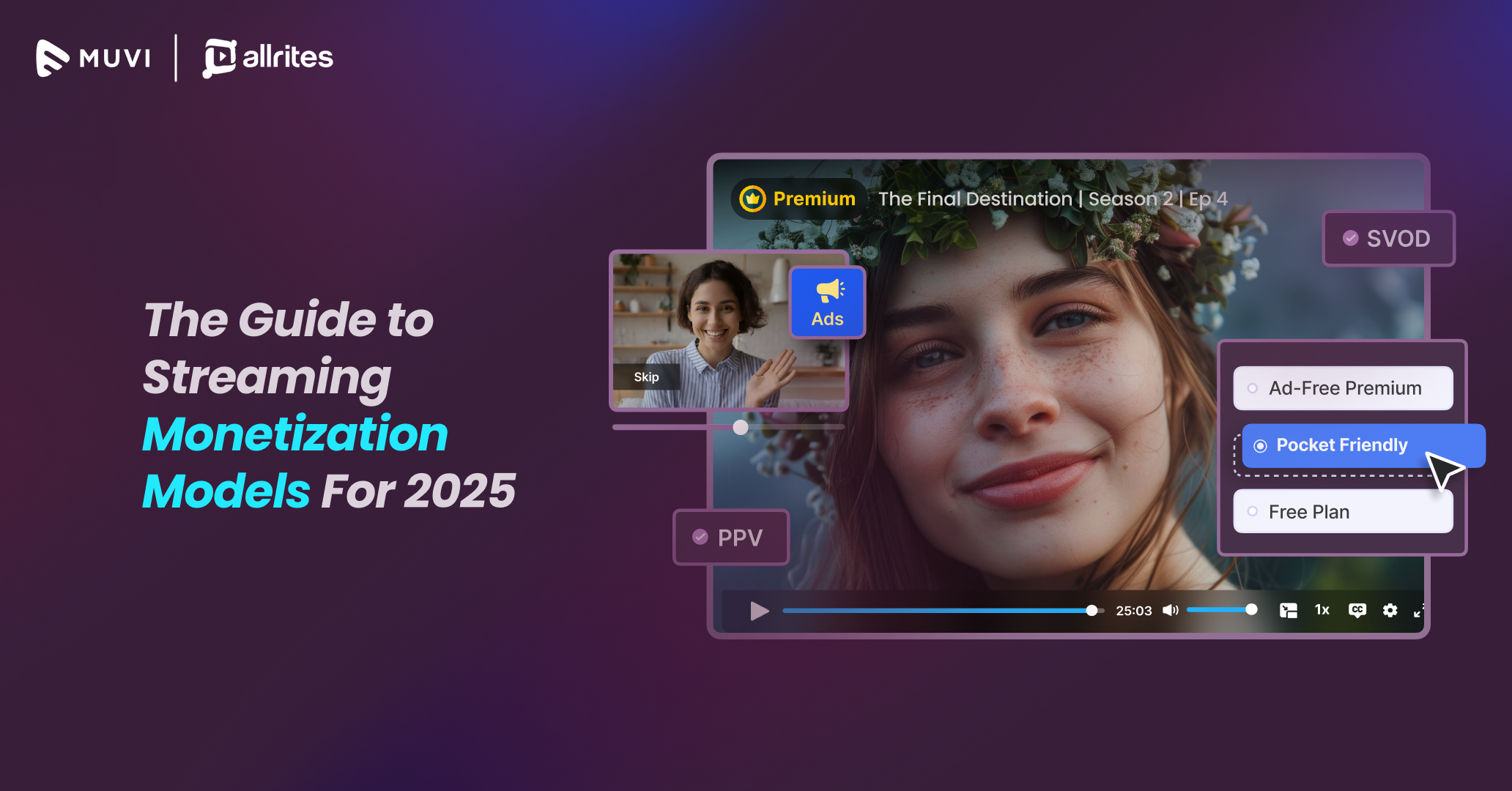





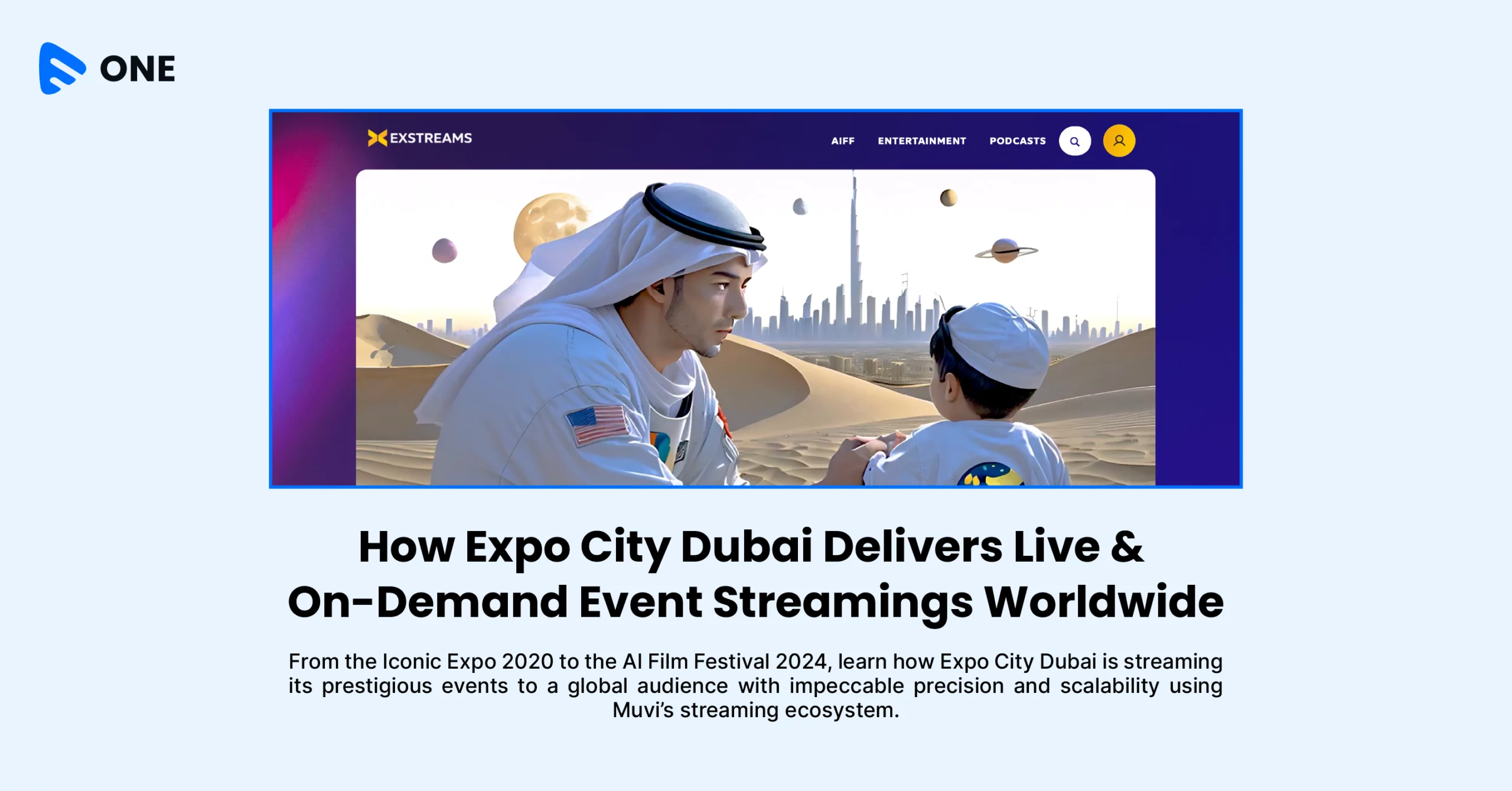
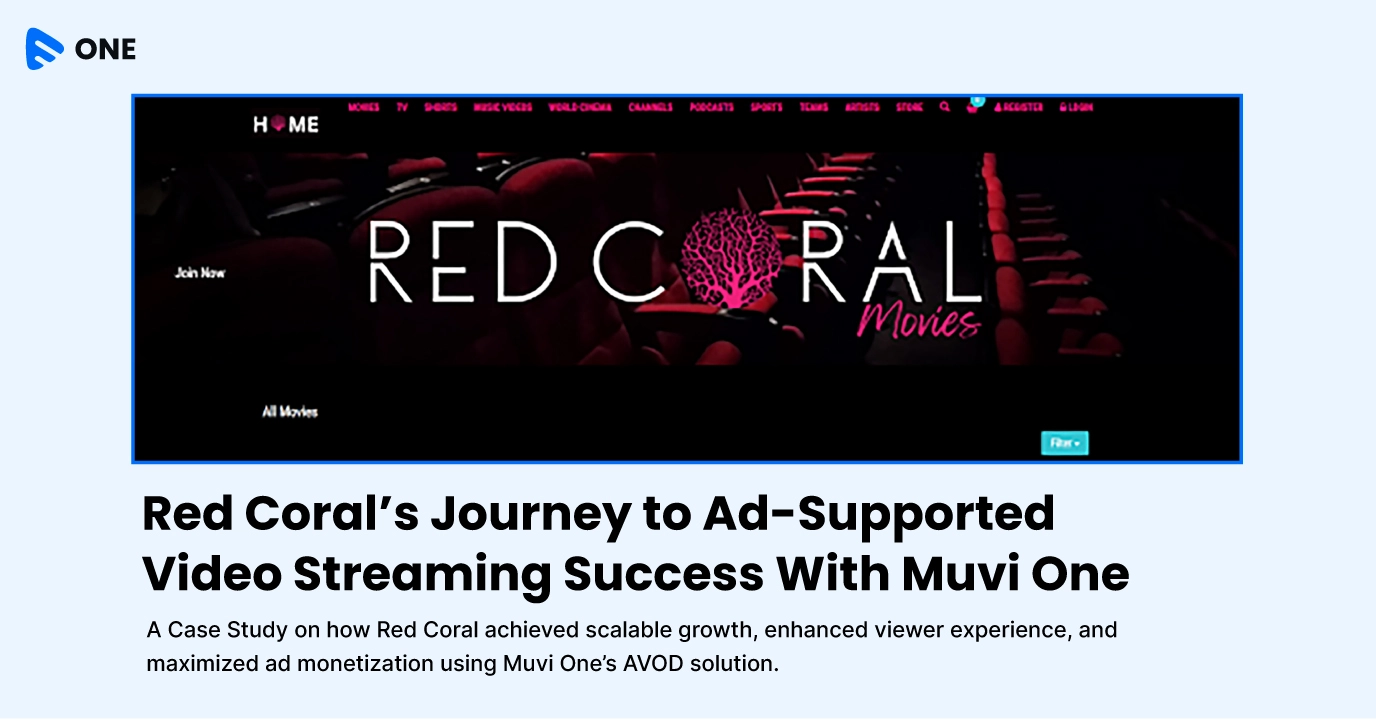
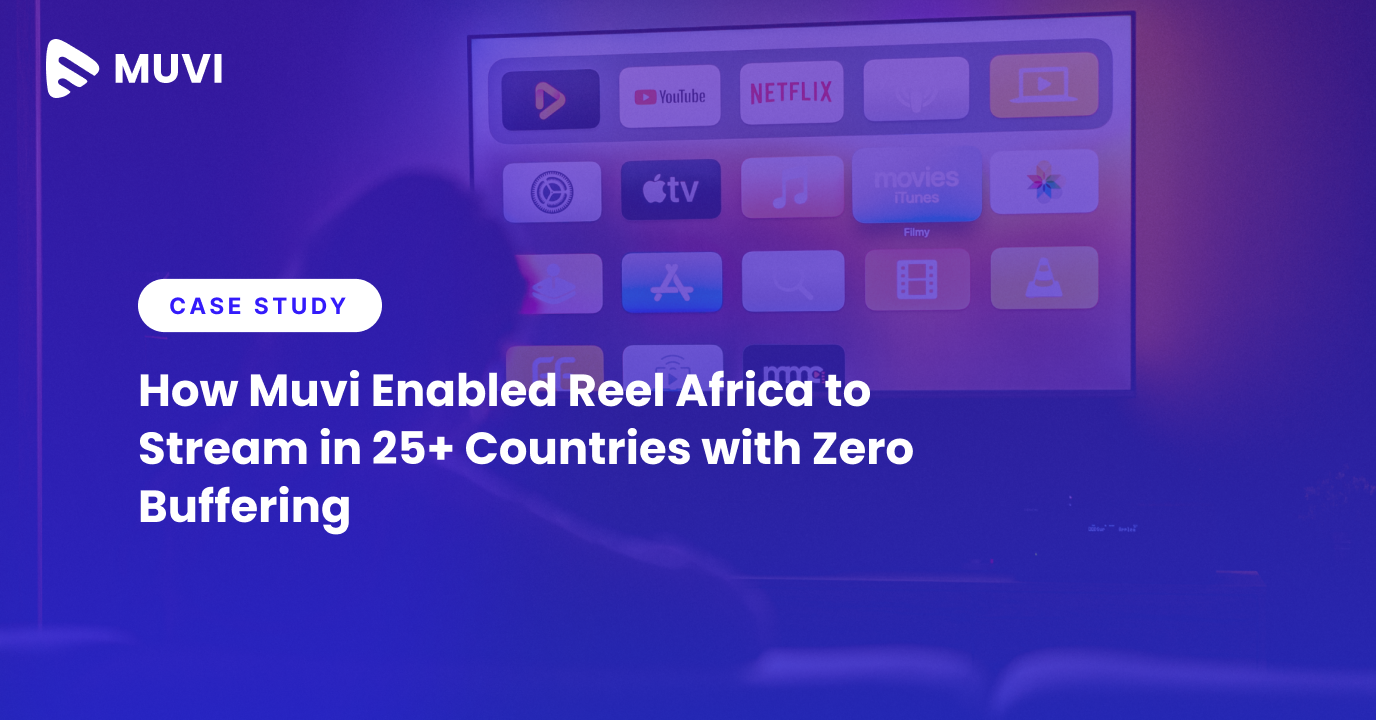
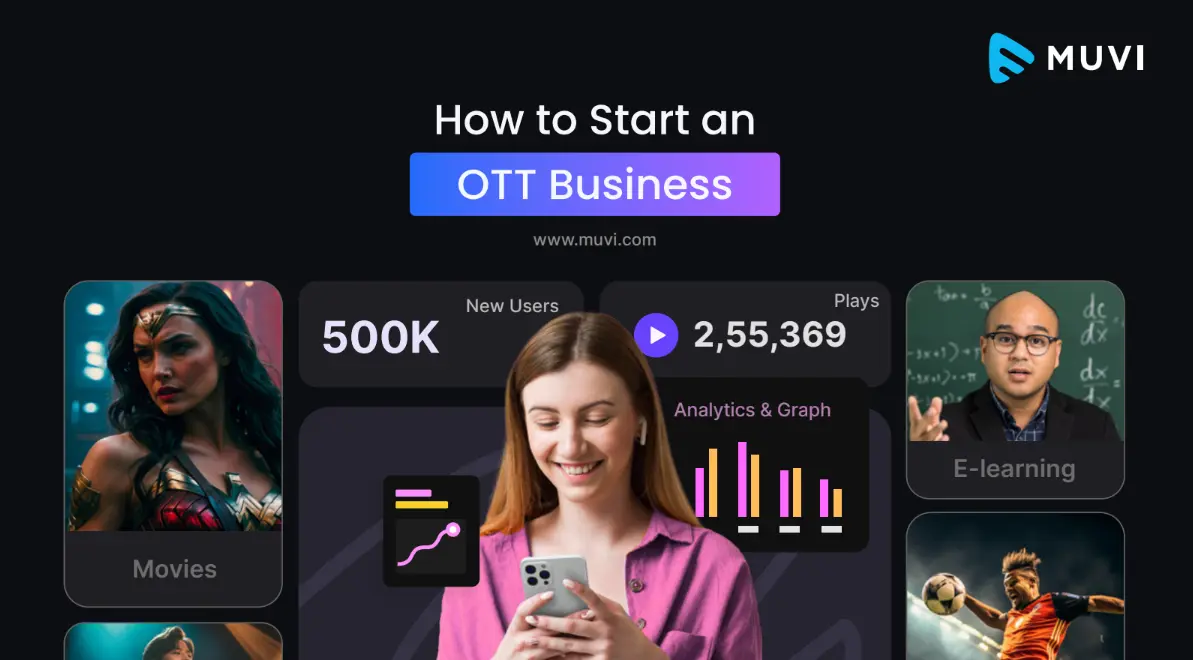

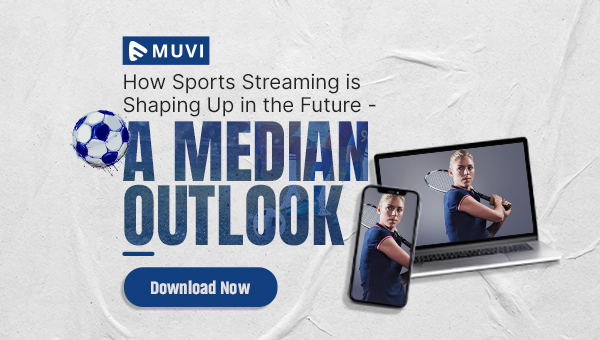

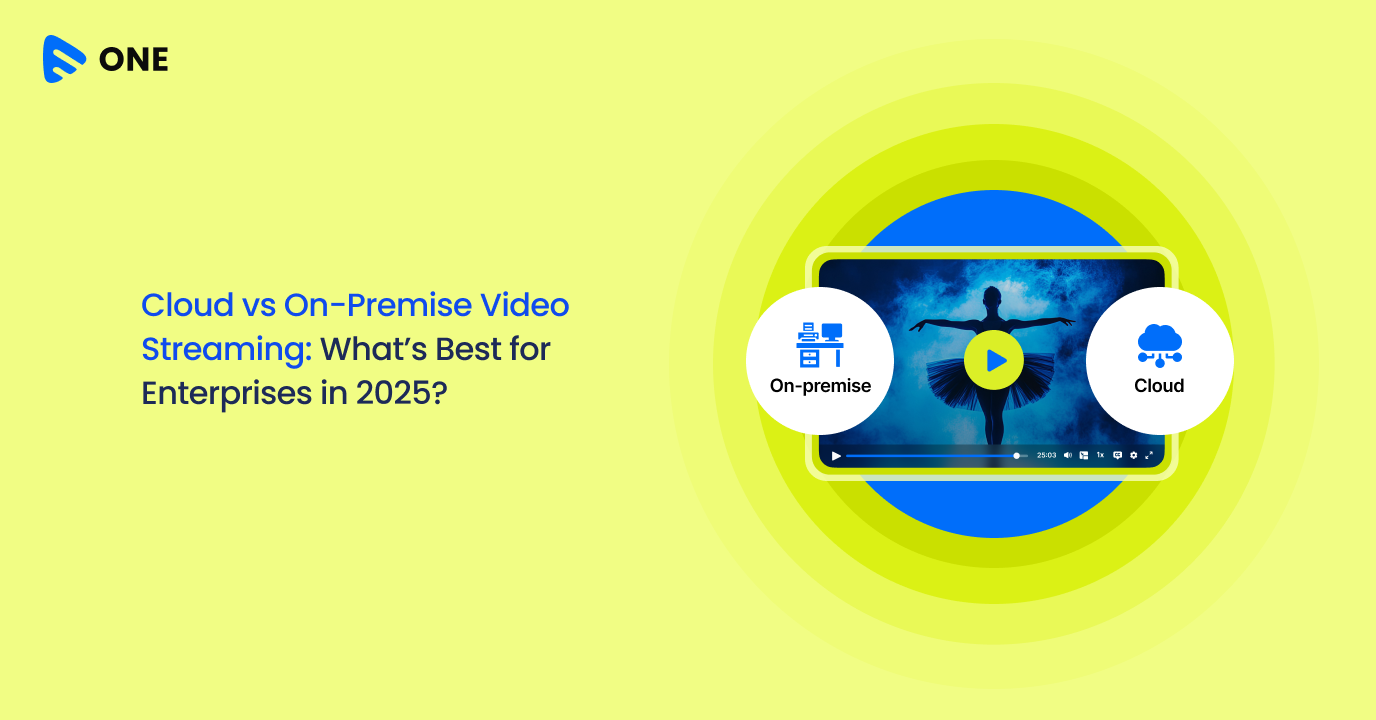
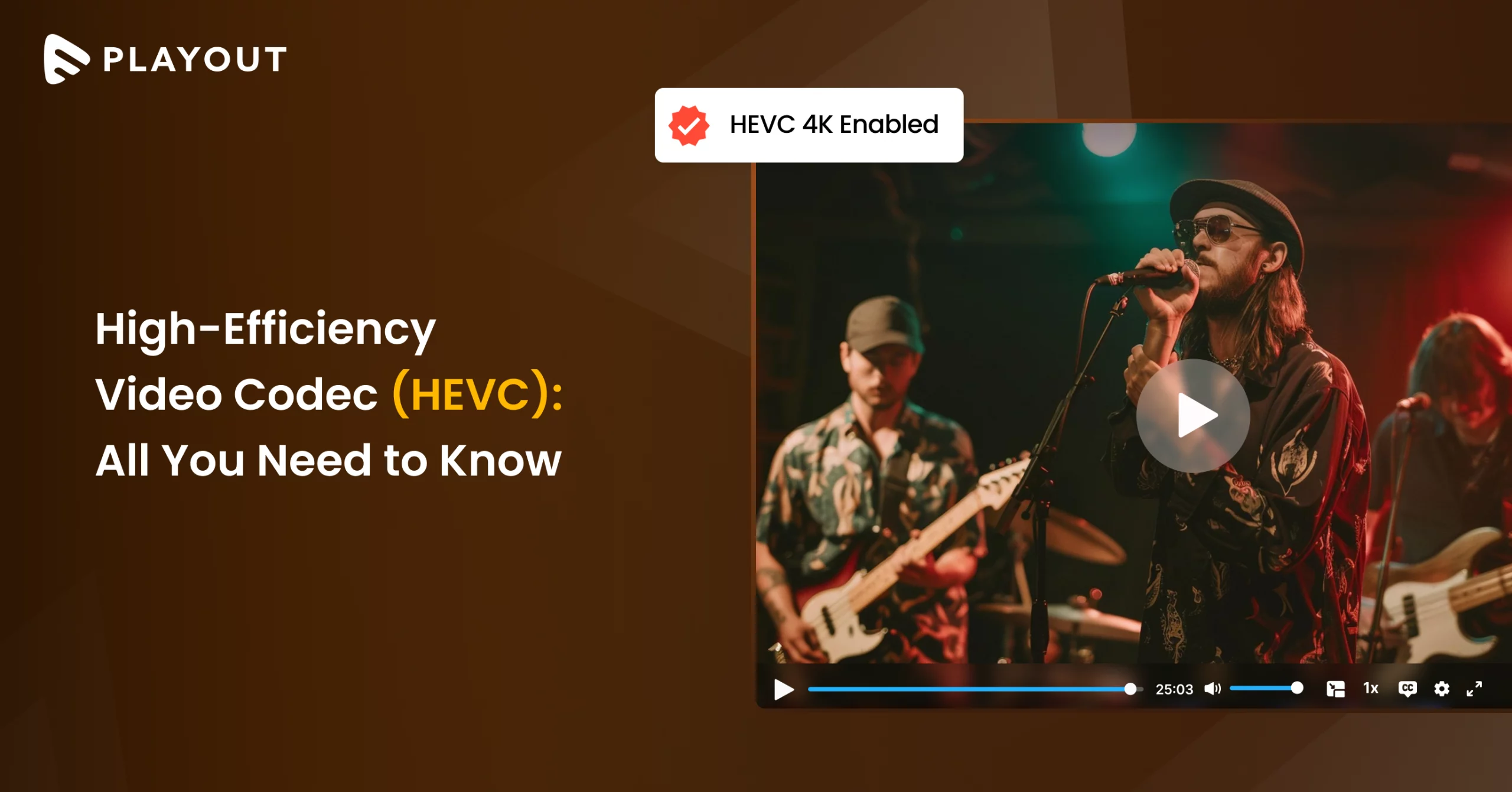
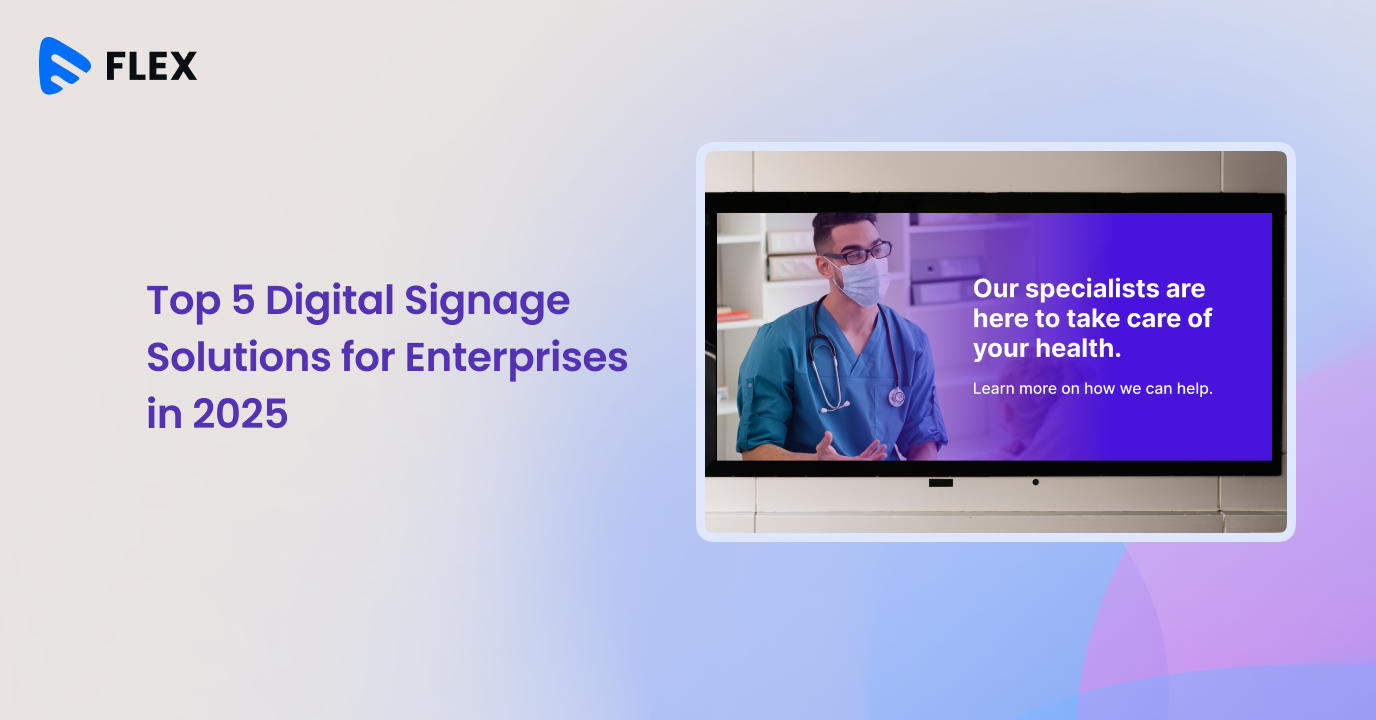



Add your comment